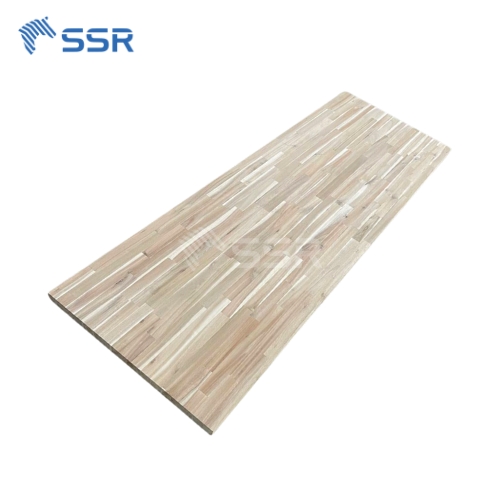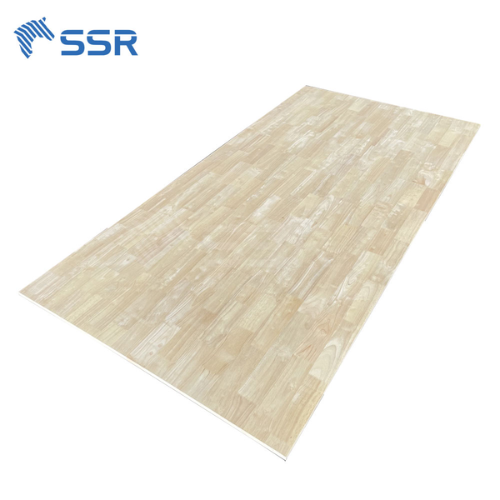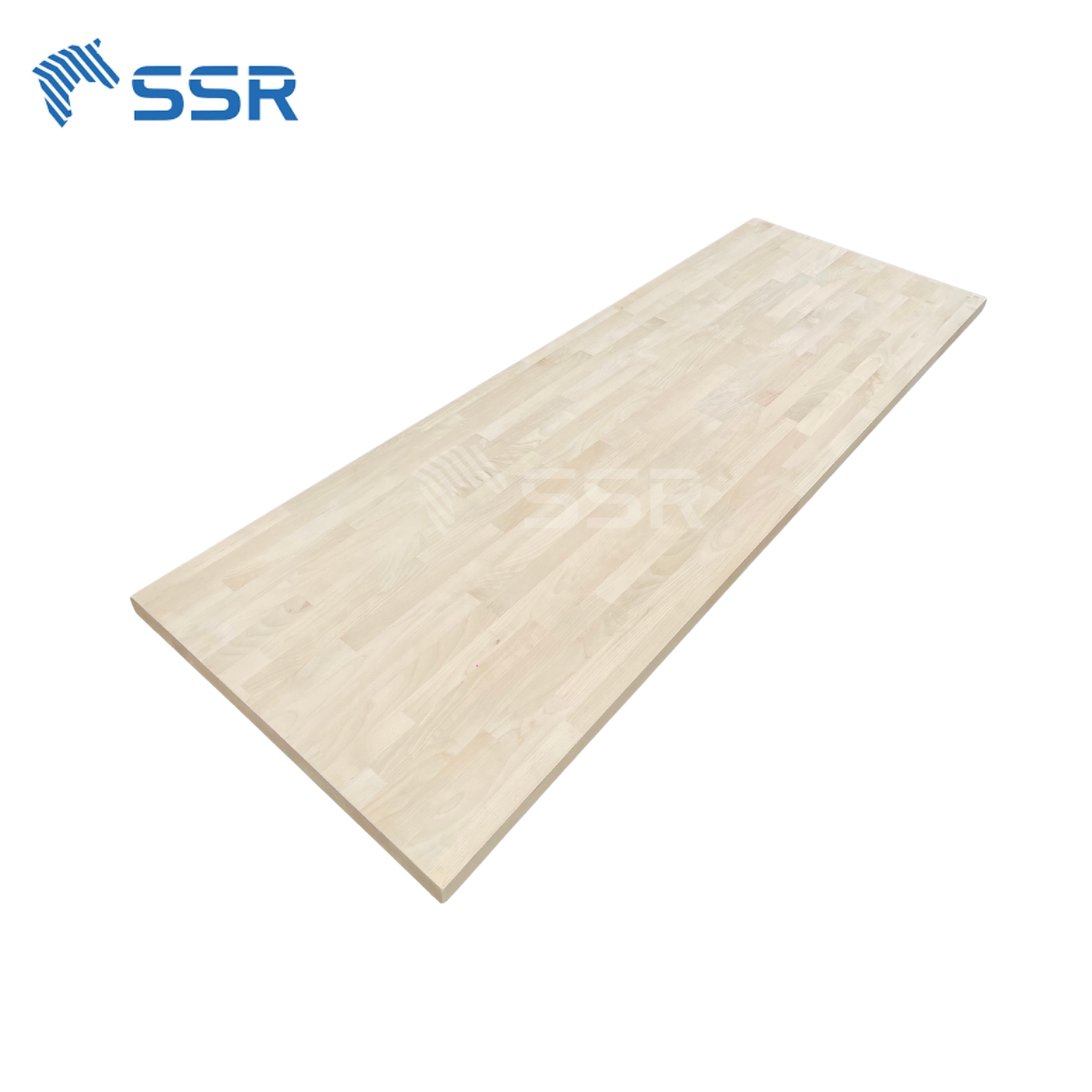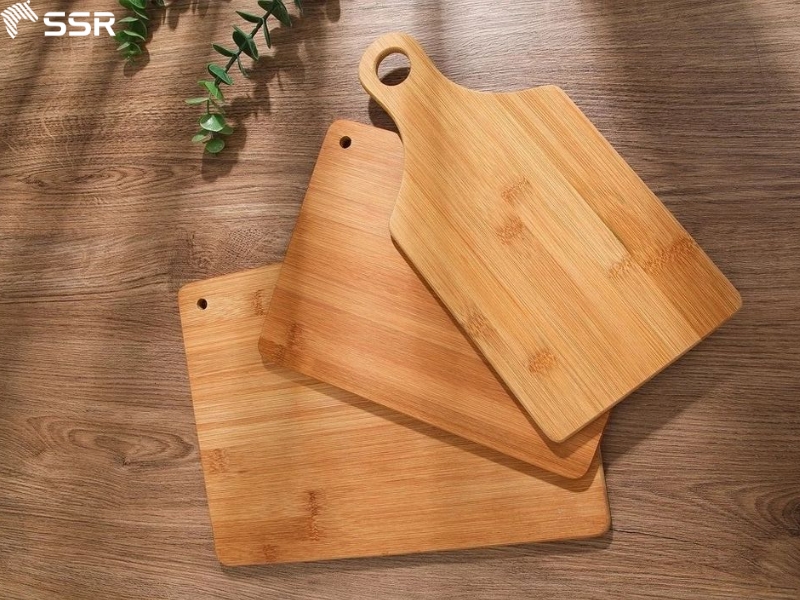NEWS
Natural wood and engineered wood (or wood-based panels) are being widely implemented in many industries and interior design. Especially in the context of technological advancement and the need to protect the environment, artificial materials, and natural wood replacement technologies are becoming more and more popular, and engineered wood has become one of the options for optimal replacement.
Origin
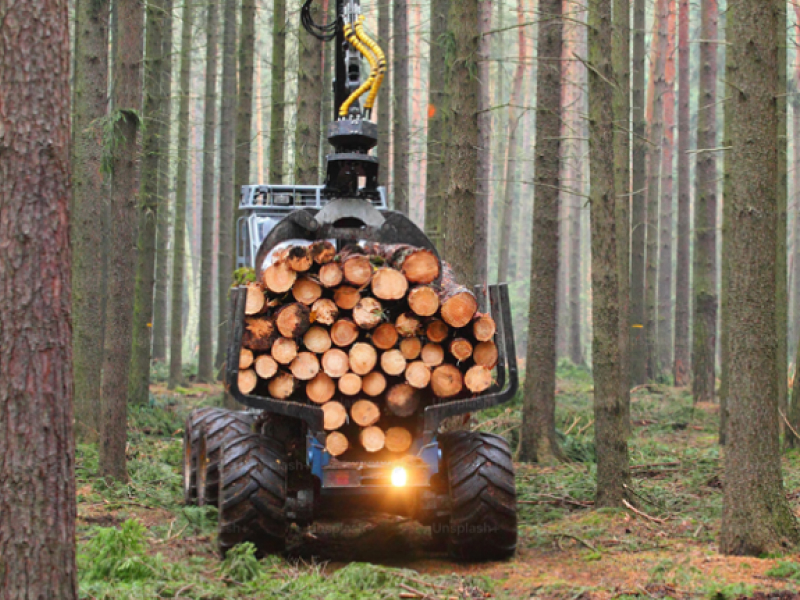
Natural wood
- Natural wood
Natural wood is a product exploited from primary forests, planted forests, or other natural wood sources. Can be used directly or in wood processing, but does not change the original function and properties of the wood.
- Engineered wood
Engineered wood is a product created by bonding natural wood fibers, shavings, and scraps of wood,… together with glue or adhesives at high temperatures to form a composite material.
Materials
Both types of wood are used as construction and interior materials.
- Natural wood
In addition to the main ingredient being natural wood, usually from real trees such as oak, pine, and rubber,… several other key components are indispensable. Cellulose, a polymer of glucose, plays an important role in the structure and mechanics properties of wood, accounting for about 40 – 50% of the dry weight. Next is Hemicellulose, accounting for about 20 – 30% of dry weight, a polymer consisting of compound sugars such as xylose, mannose, and galactose, which plays a role in linking cellulose fibers in the wood structure. Then there’s Lignin, a phenolic substance that accounts for about 25 – 30% of dry weight, binds cellulose and hemicellulose fibers together, while supporting the wood structure and resisting decomposition. Minerals including calcium, potassium, magnesium, and sodium, present in the organic tissues of wood, influence its color and physical properties. Finally, there is water, which exists in wood cells and the space between them.
These components combine to create the complex and diverse structure of natural wood, determining its physical and mechanical properties such as hardness, flexibility, water resistance, and termite resistance.
- Engineered wood
Wood chips are the main raw material for the production of engineered wood, which can be either hardwood or softwood, depending on the type of product to be produced. Glue binds pieces of wood together, common types of glue include urethane glue, melamine glue, phenol-formaldehyde glue, and other types of glue depending on the requirements for durability, water resistance, and purpose. of the final product. Sometimes engineered wood needs to be treated with chemicals such as termite repellents, fire retardants, or substances that make the surface more durable and easier to clean. There are also additive materials including surface protection agents, dyes, water repellents, etc. to improve the product’s features and aesthetics.
The above ingredients complement each other in reducing waste and utilizing resources more effectively.
Characteristic
Both are produced in many different designs and colors, meeting the diverse design needs of customers. However, the characteristics of engineered wood predominate to natural wood.
- Natural wood
Collect from mature trees, diverse in species and colors. Each type of wood has a unique grain and different durability, especially hardwoods such as oak, and nato,… have high mechanical strength. Natural wood brings elegance beauty and luxury. Care and protection methods to prevent termites and the effects of humid environments also change depending on the type of wood.
- Engineered wood
Engineered wood offers uniformity and high stability due to consistent structure and manufacturing processes, minimizing warping and cracking. It has good resistance to pests and moisture due to treatment and high-pressure compression. Engineered wood can be custom-designed with wood grain and artificial colors.
Price
The price of natural wood and engineered wood may differ due to many influencing factors such as the origin, quality, and features of each type of wood.
Origin and production: Natural wood is harvested from forest trees, this process requires high costs for exploitation and transportation. Engineered wood is manufactured industrially and can be more cost-effective by using man-made materials or recycled wood.
Quality and Uniformity: The price of natural wood can fluctuate widely due to the variety of colors and grain patterns, and the rarity and purity of the wood. Engineered wood price is more stable because its uniform properties are not affected by differences in color and wood grain.
Intended use: Natural wood is used for high-end interior products or special applications requiring natural properties and high durability. Engineered wood is used for home furniture, outdoor furniture, and other industrial applications to reduce costs while still meeting certain standards.
Market status and supply-demand: The cost of natural wood can fluctuate a lot due to the influence of market factors and supply-demand conditions. In contrast, the price of engineered wood is more stable thanks to the stable production and supply process.
In general, the price of each type of wood depends on many factors and can fluctuate significantly depending on the market and specific needs. Typically, natural wood costs more while engineered wood usually costs less.
Application
Natural wood along with engineered wood plays an essential role in the production of furniture, partitions, floors, doors, stairs,… and are highly appreciated for their aesthetics. In applications requiring dimensional stability, engineered wood is extremely popular.
Environmental protection
Engineered wood is prioritized to be made from environmentally friendly materials, similar to natural wood.
- Natural wood
Can impact the natural environment due to the exploitation of wood trees. To overcome this situation, exploitation should be carried out by the law, ensuring safety and having a reforestation plan to minimize damage to the environment.
- Engineered wood
Considered the savior of the ecosystem if produced from recycled wood sources or sustainable wood sources.
Current trends
Considered as an alternative to natural wood, this has great significance for raising awareness in the new era. This is an important step forward in industry and interior design, bringing many technical, economic, and environmental benefits compared to using traditional natural wood. However, applying engineered wood also needs to be carefully considered to ensure sustainability and safety for human health. Compliance with quality standards and environmental management during the production of engineered wood is extremely important to ensure that the final product is safe and environmentally friendly.
The trend of using natural wood or engineered wood depends on needs and preferaences, as well as factors such as sustainability, cost, and workability. The decision is often based on the intended use, aesthetic requirements, technical features, and environmental protection perspectives. There is no absolutely good choice. It is important to carefully consider factors to make the most appropriate decision, contributing to highlighting personal values.
Featured Products
Acacia Wood Butcher Block Countertops Supplier
Specifications:
- Species: Acacia
- Moisture: < 12%
- Wood Stave (Length): 150-400 mm
- Wood Stave (Width): 30-80 mm
- Length & Width tolerance: 0/+3 mm
- Thickness tolerance: +/- 0.2 mm
- Glue: D4
- Quality: AB, BC or customized
- Surface finish: Sanding 180-240 grit, 2 faces
Rubberwood Finger Joint Board Supplier
- Species: Rubberwood
- Moisture: <12 %
- Wood Stave (Length): 150-600 mm
- Wood Stave (Width): 35-80 mm
- Length & Width tolerance: 0/+3 mm
- Thickness tolerance: +/- 0.2 mm
- Glue: D4
- Quality: AA, AC or customized
- Surface Finish: sanding 240-320 grit, 2 faces
Birch Butcher Block Countertop Supplier
Specifications:
- Species: Birch
- Moisture: < 12%
- Wood Stave (Length): 150-400 mm
- Wood Stave (Width): 20-80 mm
- Length & Width tolerance: 0/+3 mm
- Thickness tolerance: +/- 0.2 mm
- Glue: D4
- Quality: AB, AC or customized
- Surface finish: Sanding 180-240 grit, 2 faces.
Featured News
Related News
Bamboo Cutting Board Tips for Distributors – SSR VINA
Bamboo has become a popular alternative to traditional hardwoods when it comes to kitchen cutting boards. But is it really a good choice for your kitchen? In this guide, we’ll cover everything from the benefits and downsides to care instructions, environmental impact, and FAQs. What is a Bamboo Cutting Board? A bamboo cutting board is […]

Biomass Energy: The Natural Powerhouse of Renewable Energy
In the search for sustainable energy solutions, biomass stands out as one of the most promising alternatives to fossil fuels. But what exactly is biomass, and why is it gaining attention around the world? Let’s explore how this natural energy source works, where it’s used, and what the future holds. What Is Biomass? Biomass refers […]

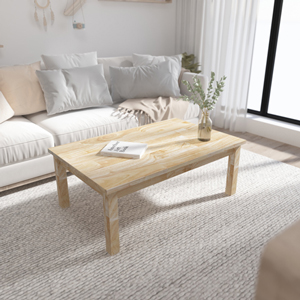
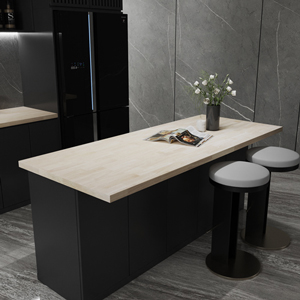
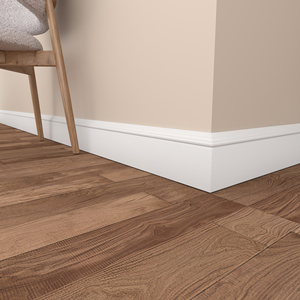
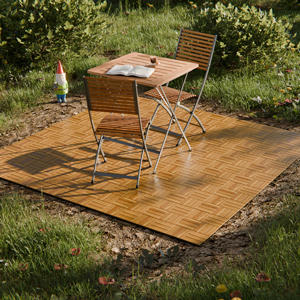
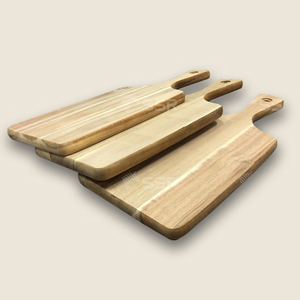
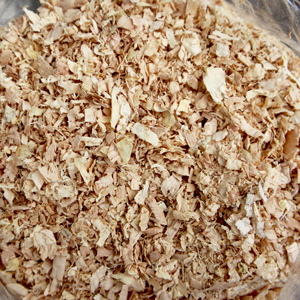

 Tháng 7 4, 2024
Tháng 7 4, 2024 | SSR
| SSR